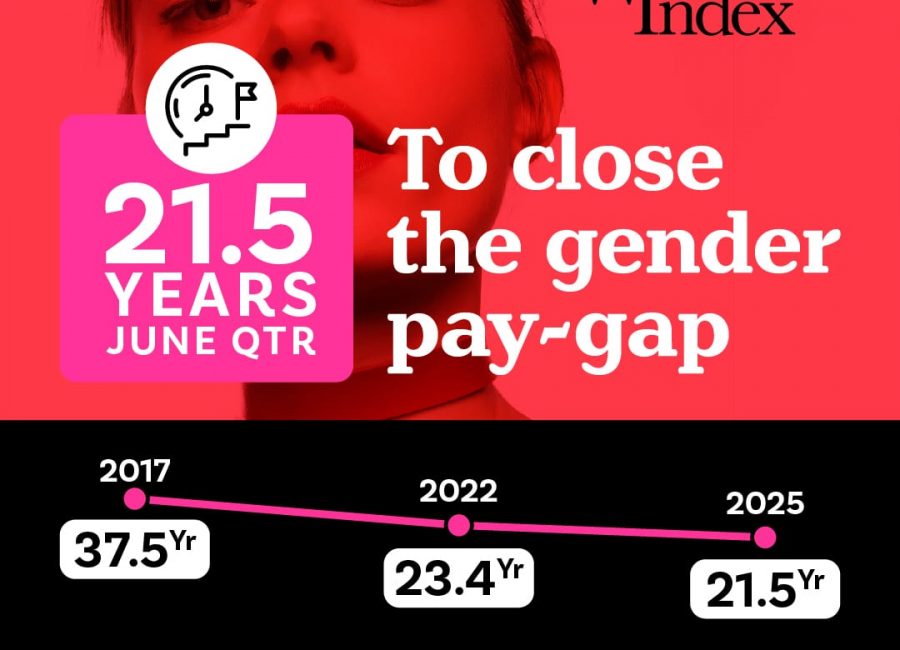In four years, I’ve taken maternity leave twice. That’s 18-month’s worth of woman-hours out of the workforce and a lot of money spent on nappies and not topping up my superannuation.
Soon, I’ll take maternity leave, or to be gender-neutral, parental leave, for a third beautiful baby but this time I’ve pledged to pay myself enough super to match every dollar of those $33 nappy packets that I buy. And let me be clear – I’m not complaining about buying nappies at all.
Roughly that’s two jumbo packs a week costing between $62 – $66 and yes, that takes into account those bulk purchases I’ll make when items are on sale.
I’m paying myself superannuation from a family-run small business, of which I do a small amount of work for while running Financy.
This decision to pay super is not because I think it’s the be-all-and-end-all of solutions to save for retirement, but because it’s relatively easy to do and I want to help my funds keep growing.
I also like property and like many Australians see paying off the mortgage as part of that retirement planning.
Long-term cash savings accounts aren’t offering attractive returns right now given that the official benchmark cash rates sits at a record low of 1.5 per cent. Among the best according to RateCity is a 3 per cent maxi saver with St George or Bank of Melbourne.
But the bigger issue for me is awareness of the gap in the retirement savings of men and women in superannuation.
ASIC’s MoneySmart website says in 2013-14, the average Australian women aged 60-64 had $138,150 in super savings which was less than half that of the average man and hardly enough to live comfortably in retirement especially with life expectancy increasing on medical advances.
Even if you think such figures are hyped-up by super funds to entice savers to put more money in the $2 trillion national retirement pool, the numbers still reflect an underlying inequity in the country’s retirement framework.
This inequity has yet to be adequately addressed by policy makers with super contributions not a compulsory part of most employer or government parental leave schemes.
It goes without saying that as more men take time out of the workforce with extended parental leave or work part-time after having children, then they too will face the same challenges as predominantly women do.
So how can you top up your superannuation?
When it comes to super, you can either make concessional (before-tax) or non-concessional (after-tax) contributions up to a certain amount governed by the Australian Tax Office, every year.
My nappy-matching contributions will be concessional and paid by the main family business, of which I intend to draw a small wage as my negotiated parental leave after baby three arrives.
I anticipate my quarterly super contributions being $769.50, which allows for about $64 a week in a nappy matching payment.
This figure is equivalent to 9.5 per cent of a gross quarterly salary of $8100, which reflects my work contribution to this business.
Short of having a small business and organizing the payment of your superannuation, there are some other options available to people who want to keep adding to their super while on parental leave.
Actually there are many options, but in this article we’ll just cover a few.
These include negotiating with your employer before taking parental leave to pay you super, or if that’s not successful asking your employer to contribute to your super, in before-tax dollars, by reducing your after-tax parental leave payment.
Super splitting before-tax concessional super contributions with a spouse is also an option, but it requires both partners to have the talk and consider thinking of superannuation earnings as a joint investment.
“Where one partner in a committed relationship is receiving contributions from their employer or making personally deductible contributions to their superannuation fund, they can elect to have these reallocated to their partner, or lets just say spouse for word differentiation,” explains HLB Mann Judd wealth manager Lindzi Caputo.
“The partner receiving the employer super is able to split concessional contributions, which include superannuation guarantee and salary sacrifice amounts paid by the employer or contributions for which a personal tax deduction is also claimed.”
This could also have been an option for me given that my partner is drawing the larger wage for this business, and the super payment would be larger, but so too would be the amount of nappies.
Splitting contributions between spouses can be easier in self-managed superannuation funds as the split contributions can be transferred from the account of one spouse to the other.
For those with retail super funds, contributions would be rolled out of the account of one spouse and deposited to the account to the other.
There are various rules around age limits and yearly time frames for doing super splitting, and paying yourself superannuation.
So just like my nappy-matching super pledge, it’s best to do your homework around the rules first and consider how it applies to your personal situation first.












